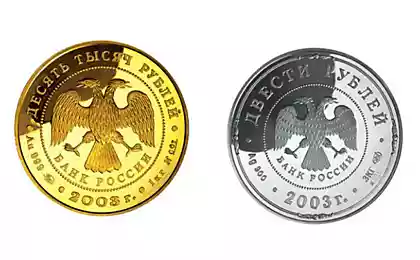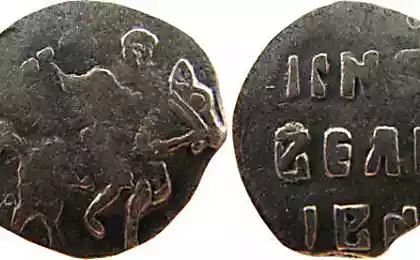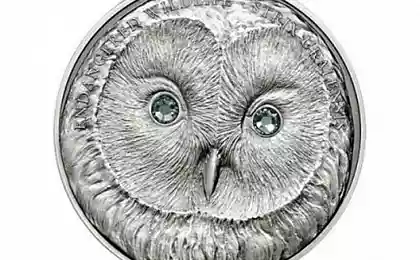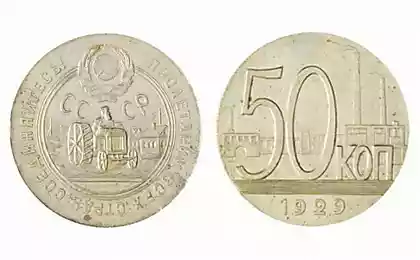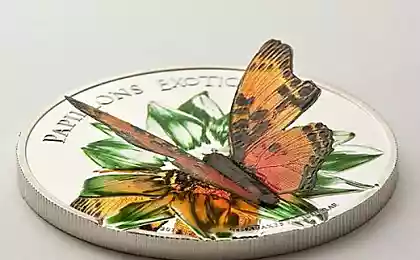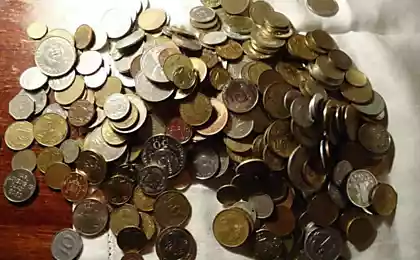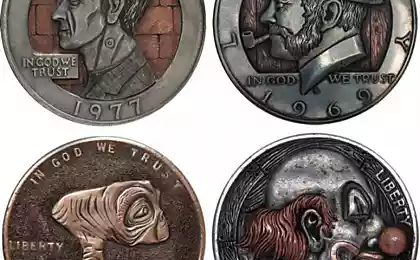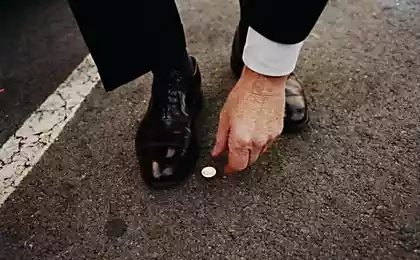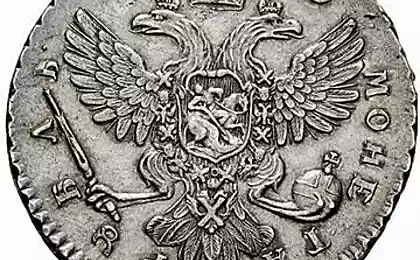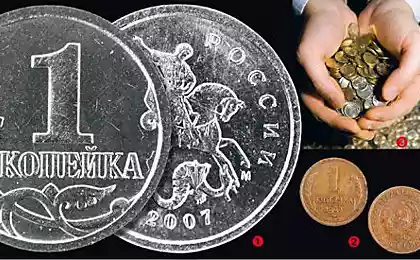1162
Coins Paolo Curcio
Spanish master painter Paolo and ropes with his hands coins of several layers of metal. Using a variety of different coins, he literally recreates illustrations of famous literary works. Despite the fact that the history of the manufacture of coins, decorated with miniature bas-reliefs, is rooted in the 18th century, an art rose to the peak of popularity later, with the introduction into circulation "a nickel Buffalo» («Buffalo nickel») - the copper-nickel coins of the United States face value of 5 cents, which was minted from 1913 to 1938. It is made of soft metal, on which was printed the image of the head of an Indian in traditional headdress of feathers. Injun on the relief had large features, and it can be easy to "cut" in the portrait of another person, the image of the animal, and, at a certain ingenuity, even in the landscape.
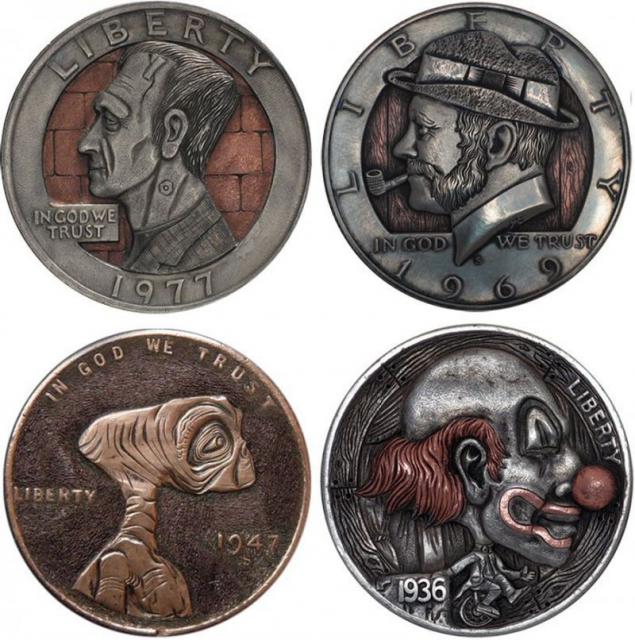
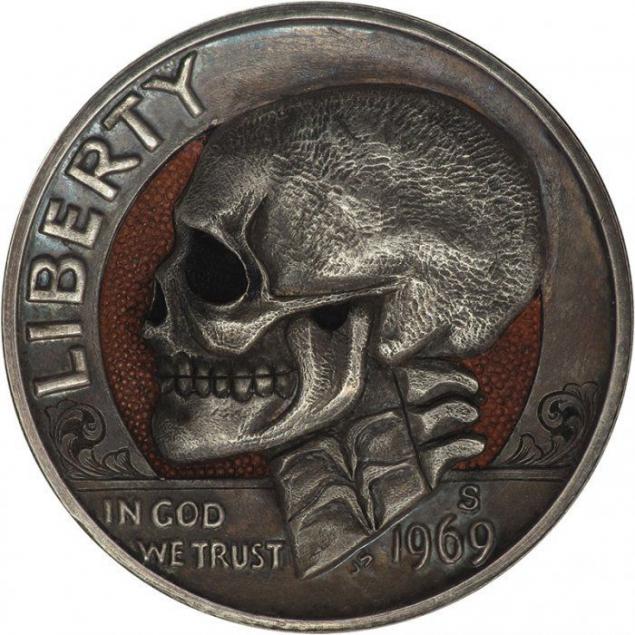
Relief coin nicknamed «Hobo Nickels» («5 cents tramp"), most likely because a large number of unemployed artists and artisans during the Great Depression enthusiastically took up the new fashion, releasing a huge amount of different coins, which in later years ended up in the collections of numismatists Worldwide.
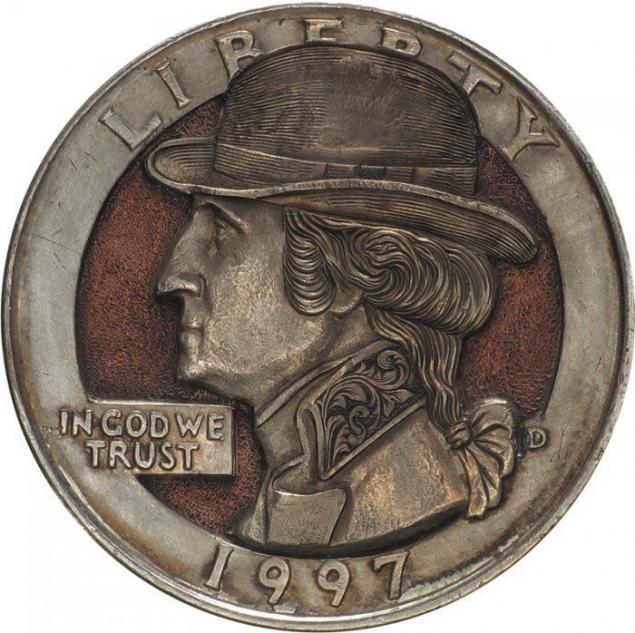
The art of carving nickels finds new followers to this day. One of them - Paolo Curcio (Paolo Curcio). Currently the artist lives and works in Barcelona.
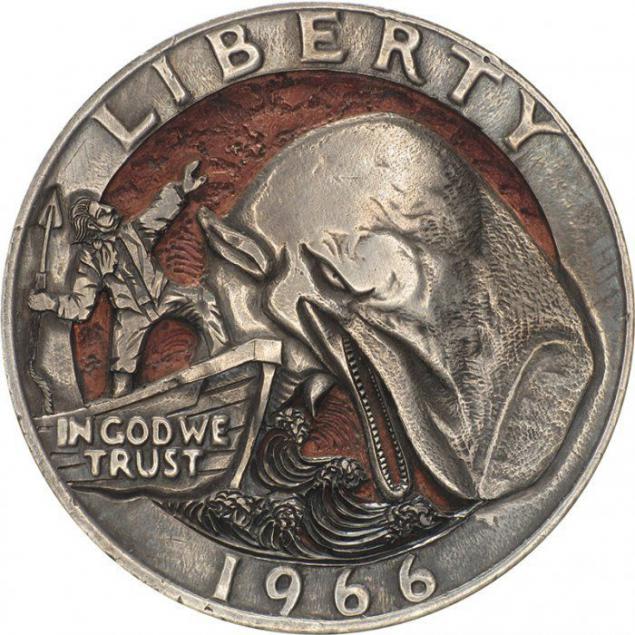
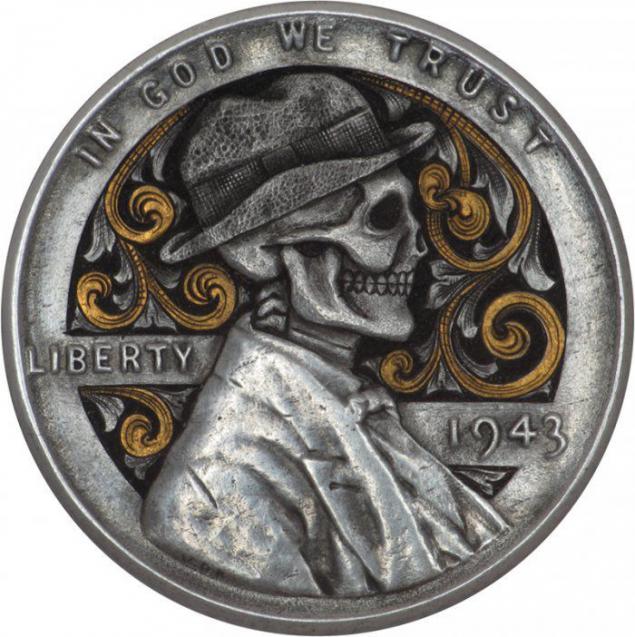
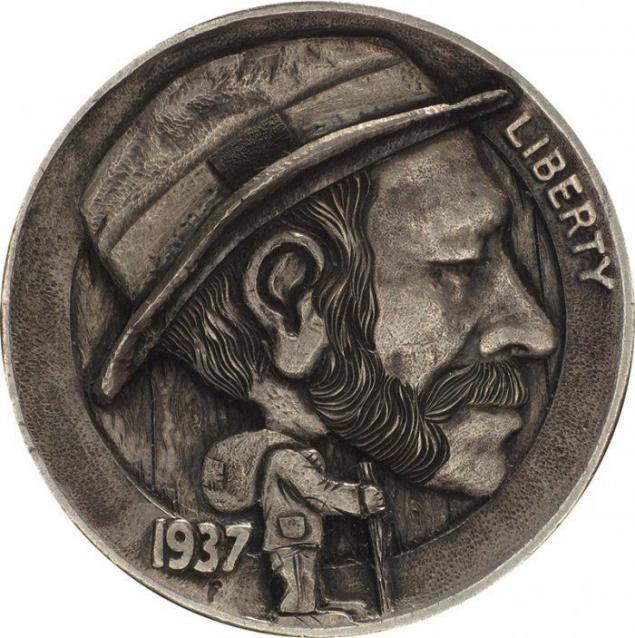
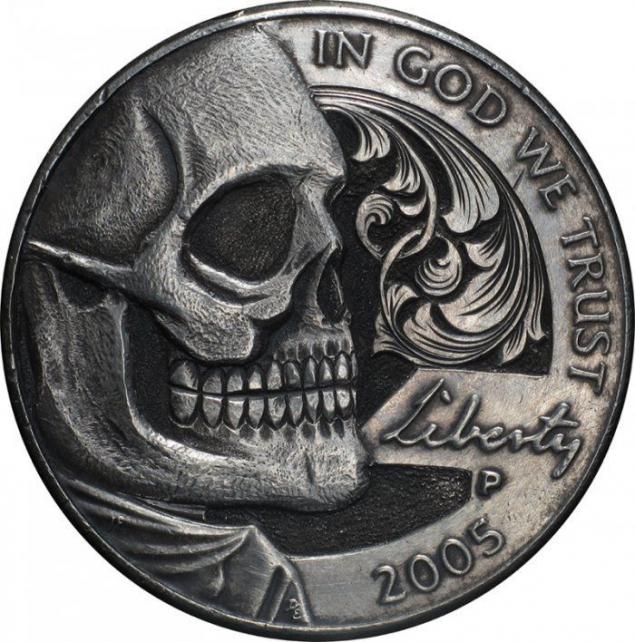
One of the most impressive aspects of the course - his skill in working with coins, pressed from several layers of metal (plated coin). Accurately processing layer by layer, he exposes the patterned surface of the slices and use them as a backdrop for his compositions.
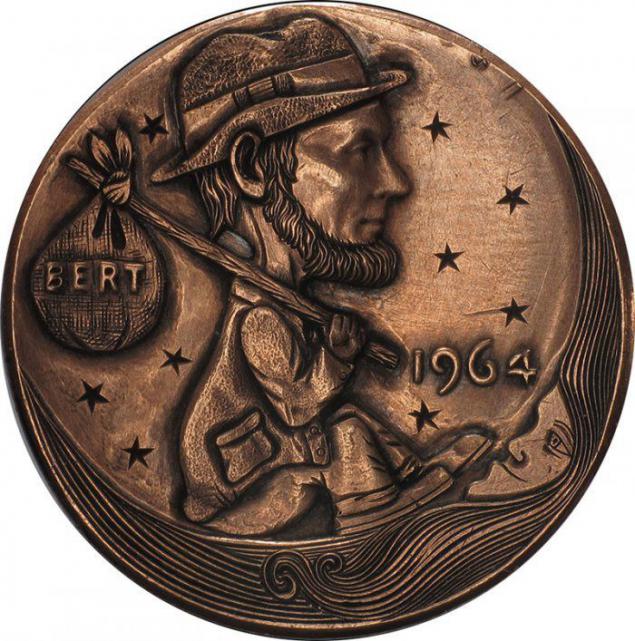
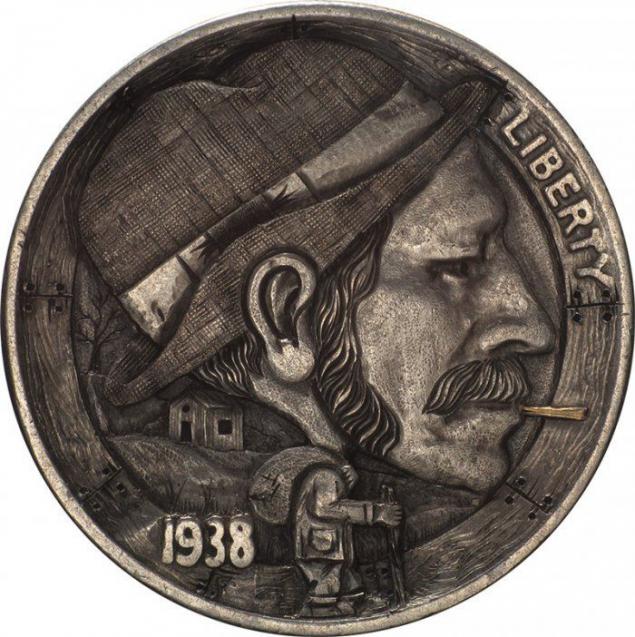
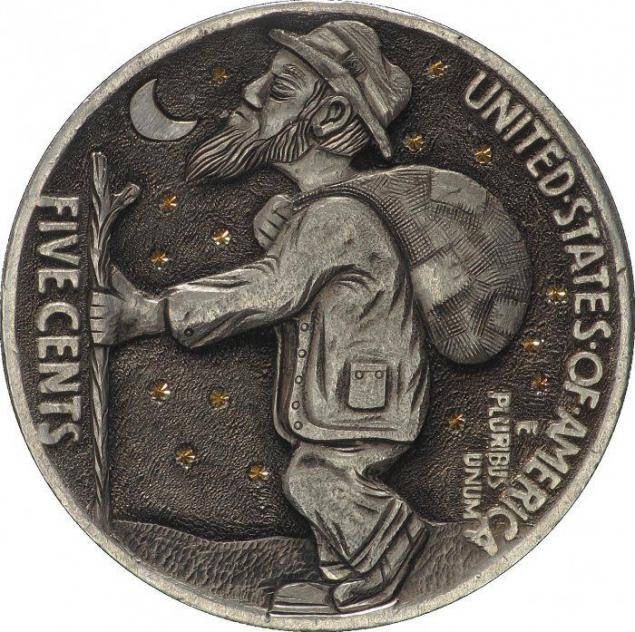

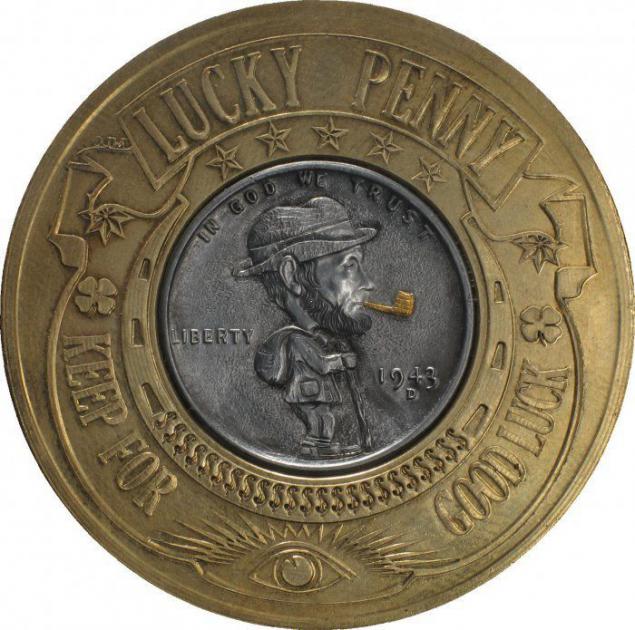
Source: www.kulturologia.ru


Relief coin nicknamed «Hobo Nickels» («5 cents tramp"), most likely because a large number of unemployed artists and artisans during the Great Depression enthusiastically took up the new fashion, releasing a huge amount of different coins, which in later years ended up in the collections of numismatists Worldwide.

The art of carving nickels finds new followers to this day. One of them - Paolo Curcio (Paolo Curcio). Currently the artist lives and works in Barcelona.




One of the most impressive aspects of the course - his skill in working with coins, pressed from several layers of metal (plated coin). Accurately processing layer by layer, he exposes the patterned surface of the slices and use them as a backdrop for his compositions.





Source: www.kulturologia.ru

